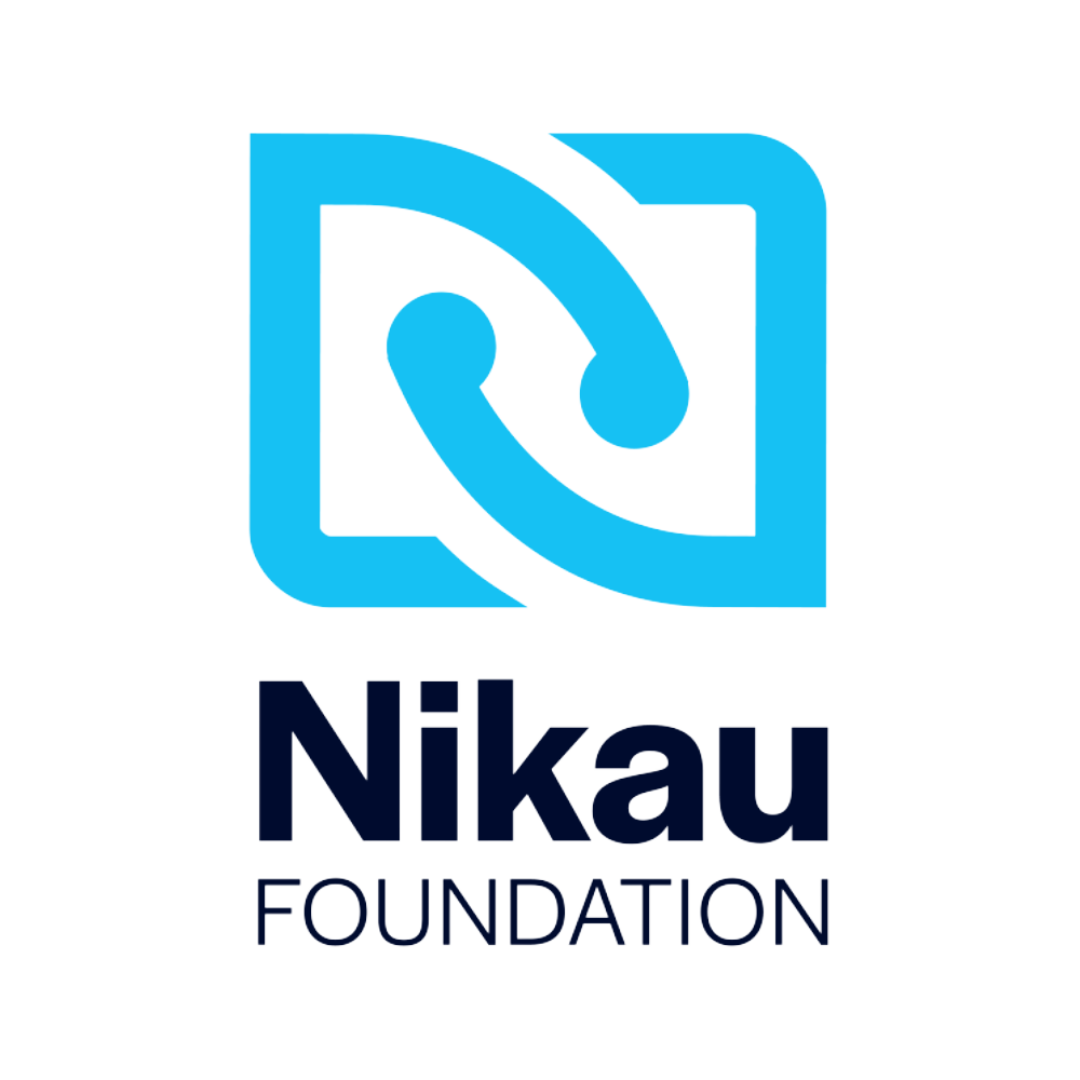Building Ngāhere Kai
Creating a space for intergenerational learning and connection.
Te Rito o te Kura Charitable Trust’s current site, which will become Ngāhere Kai, in Ōtaki.
A small orchard currently sits on Te Rito o te Kura Charitable Trust's 20 x 30m site in Ōtaki. While it currently looks pretty bare, it will be a veritable haven; a garden lush with native flora and kai, and rich with opportunities for discovery and cultural connection in years to come.
Ngāhere Kai (or 'Food Forest') is a project the Trust has been conceptualising for a couple of years. "Our kaupapa is to make sure that Māori language, knowledge and traditions stay alive," says Trust Environment Committee member, Jamie Winiata, "We want to create meaningful opportunities and spaces, like Ngāhere Kai, where we can retain, practice and pass on knowledge from the land which embodies a Māori worldview."
"This knowledge is endemic to Aotearoa New Zealand," says Jamie, "It informs who we are, how we think and what we do - it's a way of connecting where we come from to where we're going - it's so important that this is passed down through the generations."
An immersive learning experience.
"There will be many life lessons from spending time in Ngāhere Kai," says Jamie. From learning about the origin of our food and traditional harvesting practices, to gaining knowledge of local bird species and observing the changing seasons, "there is something to learn in every moment – even when the ground is bare in winter, that, in itself is a lesson in patience and the patterns of nature."
The Trust also hopes that members of the community will benefit from the project, learning kaupapa Māori principles as they tend to Ngāhere Kai and its produce while also building local resilience to the impacts of rising food prices and climate change challenges.
Putting down roots
With all seed funding now secured, including a $3,660 grant from Nikau Foundation, the Trust is now finalising the garden's design and purchasing key materials, including mulch and tools, to put down roots on the site. Ngāhere Kai will be ready for kōanga (spring) in line with the traditional planting season.
"We hope that as the Food Forest grows and matures, it will be enjoyed for generations to come," says Jamie, "it will be there, 20-years from now, living, breathing learning ground for our children, grandchildren and great-grandchildren."


